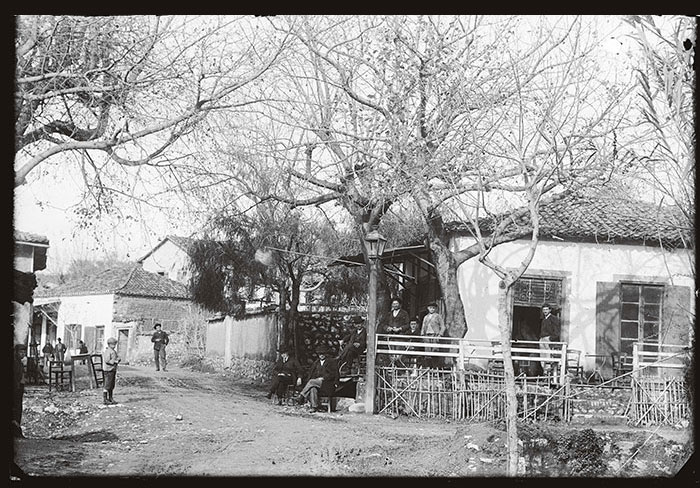Large format slides, transparencies and glass plates
High quality is fundamental in every digitization project, especially for preservation purposes. Furthermore, publications (such as art books), large format prints and Giclée require only the best possible digital input in order to perform well. Originals from studio cameras using large format films, even today, can bring images with unprecedented quality into life. With broader dynamic range than digital cameras (at least the top range DSLRs), are able to be scanned in resolutions up to hundreds of megapixels, producing files that are impossible to obtain by any other means.
All these mean that properly archived large format transparencies, even today can be digitized and result in images of comparable –if not better– quality of current equipment with the advantage that carry information and moments of past times.
Realiscape Typorama can digitize these films with utmost quality by using two of the best scanners in the world: Hasselblad X5 and Creo IQSmart2. Each of them excels in different areas by terms of versatility and media handling, but are of equal reproduction quality. Furthermore, Creo Scanner can achieve wet-mounted scans, thus totally eliminating any Newton rings that can pop up.
Additionally, Realiscape Typorama owns a Dainippon-Screen DT-S 1030 Ai drum scanner in fully working condition, offering its customers the experience of PMTs (Photo Multiplying Tubes), their superior color rendering, and true optical unsharp masking.
Another alternative is photographing the transparency with the use of a copystand and high quality cameras (Nikon D800, Nikon D610) using macro lenses. High quality optics and sensors ensure the proper reproduction that is comparable to high end scanning, and it outperforms by far the scanning that is done with other film scanners.

Due to their extreme fragility, glass plate digitization is often the only way to enable access to their content without putting them at risk. For this reason, glass plate digitization requires handling specialization in order to process it safely. Furthermore, even the slightest blow or brushing can remove flakes of emulsion off the glass, so the proper restoration of the originals before the scan is top priority.
Technically, glass plates always require a high density range flatbed scanner, because they exhibit extreme contrasts (by their nature) that is otherwise impossible to properly expose. Such scanners are very expensive to acquire, service and maintain and differ from consumer or prosumer grade that are offered for everyday use.
At Realiscape Typorama we use Creo’s IQsmart2 scanner, having scanned thousands of glass plates for use in archival and publication projects.

